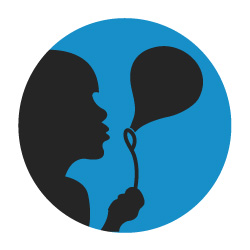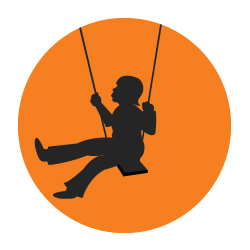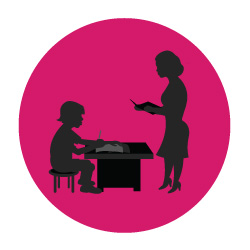
Occupational Therapy areas and examinations:
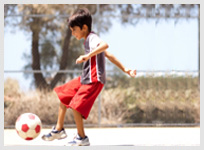
1. Physical function, including musculoskeletal system, joint function and limitations.
2. Cognitive and psychosocial factors affecting daily activities.
3. Performance of basic activities of daily living (e.g. dressing, bathing, and mobility) and community living skills (e.g. shopping, cooking, and transportation).
4. Home, school, work and community environments to identify facilitators and barriers to daily function, roles and responsibilities.
5. Needs for adapted equipment, splints, and ergonomic modifications.
(Treatment begins by developing an individualized plan to achieve prioritized goals):
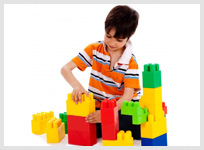
The skilled use of one’s hands. It is the ability to move the hands and fingers in a smooth, precise and controlled manner. Fine motor control is essential for efficient handling of classroom tools and materials. It may also be referred to as dexterity.
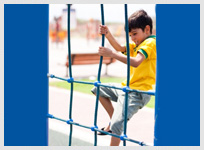
Coordinated body movements involving the large muscle groups. A few activities requiring this skill include running, walking, hopping, climbing, throwing and jumping.

The ability to visually take in information, process it and be able to coordinate your physical movement in relation to what has been viewed. It involves the combination of visual perception and motor coordination. Difficulty with visual motor skills can result in inaccurate reaching, pointing and grasping of objects, as well as difficulty with copying, drawing, tracing and cutting.

The ability to interpret and use what is seen in the environment. Difficulties in this area can interfere with a child’s ability to learn self-help skills like tying shoelaces and academic tasks like copying from the blackboard or finding items in a busy background.

The ability to use both sides of the body in a smooth, coordinated manner. Some activities that may be affected by difficulties with upper body bilateral coordination are stabilizing the paper while writing and using a ruler and stencils.
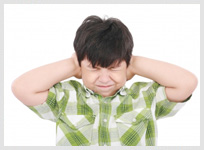
The ability to receive and process information from one’s sensory systems including touch (tactile), visual, auditory (hearing), proprioceptive (body position) and vestibular (balance). Behavior, attention and peer interactions are greatly influenced by the child’s ability to process sensory stimuli.
**Image courtesy of FreeDigitalPhotos.net
